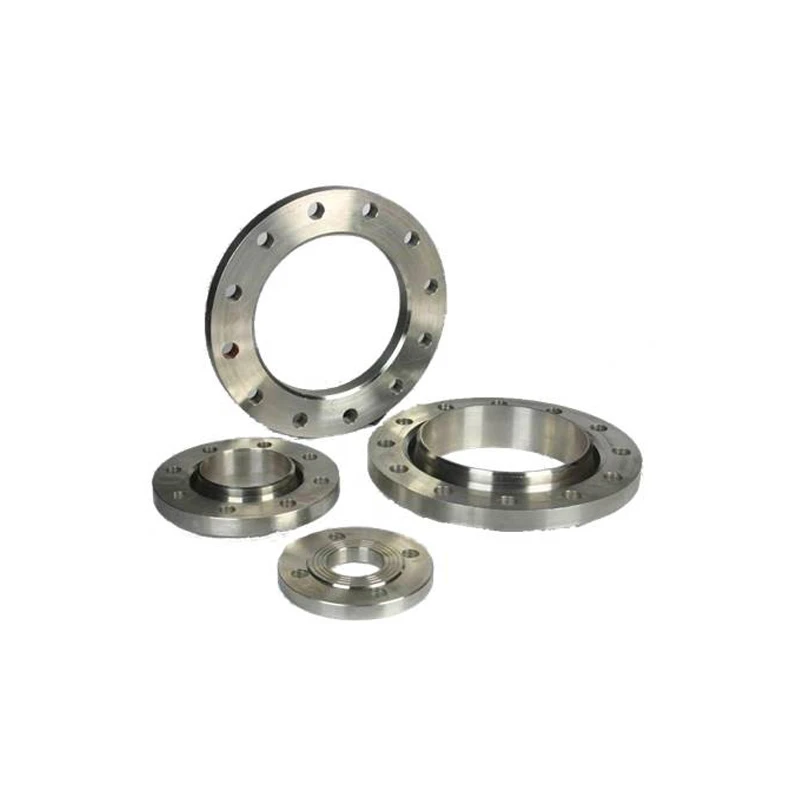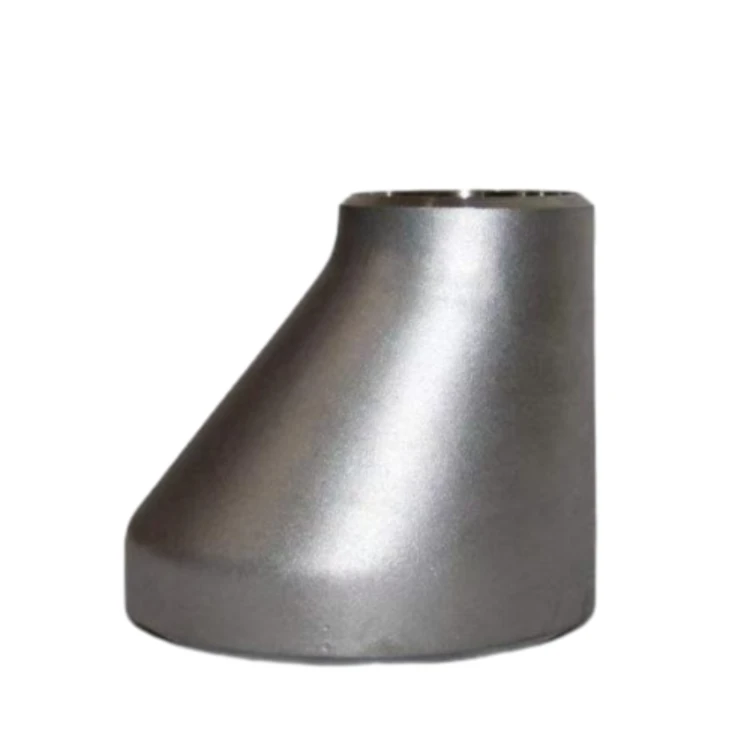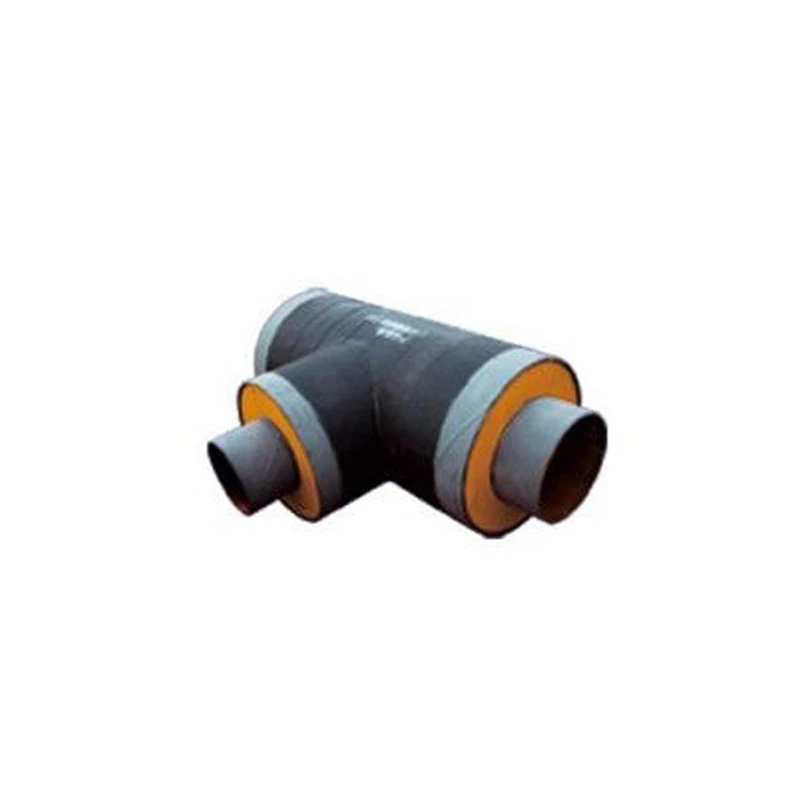
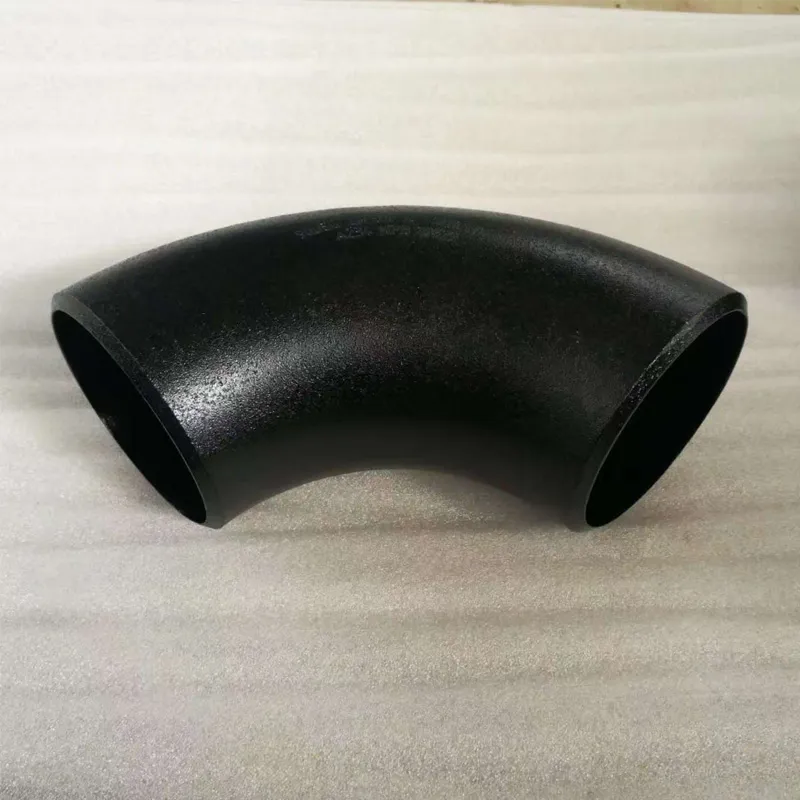
(pn40 flange)
The pn40 flange occupies a critical role within the international pipeline and industrial equipment industries. As one of the most robust flanges capable of withstanding 40 bar nominal pressure at room temperature, it is extensively utilized in high-demand sectors such as petrochemical, power generation, shipbuilding, and offshore engineering. According to a 2023 market insight report, the global flange market was valued at $7.5 billion, with pn40 and other high-pressure flanges accounting for almost 27% of total sales volume.
This high-resilience component is essential for applications requiring maximum safety, leak prevention, and performance under severe pressure and thermal conditions. The increasing emphasis on infrastructure resilience and reliability—recently shown by the 18% growth in new pipeline projects in the Asia-Pacific region—highlights the continuing demand for advanced flange solutions. Moreover, the integration of pn40 flanges in combined heat and power system upgrades reflects evolving requirements for durable, high-integrity connections, especially as governments facilitate regulatory compliance through strict pressure vessel and piping codes.
The pn40 flange is engineered to conform to both ISO and DIN standards, with its technical specifications offering advantages that are crucial for demanding installations. Typically manufactured from forged carbon steel or stainless alloys, these flanges are characterized by their high wall thickness, superior mechanical strength, and precise dimensional tolerances.
For example, a Class pn40 weld neck flange (DN100) may feature a minimum thickness of 24mm and a bolt circle diameter of 180mm, offering exceptional stability. Laboratory stress tests routinely demonstrate that premium pn40 flanges can withstand up to 67 bar for short durations, providing a critical safety margin. These flanges excel in environments with highly corrosive or abrasive media, owing to surface treatments such as hot-dip galvanization and advanced anti-corrosion fluoropolymer coatings. The resulting flanges not only extend equipment life but also reduce total cost of ownership by minimizing maintenance intervals and system downtimes.
Understanding the positioning of pn40 flanges involves comparing them against alternative pressure ratings and types. The following table illustrates the key specifications and usage domains of common flange types:
| Flange Type | Nominal Pressure (bar) | Material Standard | Typical Applications | Temperature Resistance (°C) | Estimated Lifespan (Years) |
|---|---|---|---|---|---|
| PN16 | 16 | EN 1092-1 | HVAC, Waterworks | +120 | 20 |
| PN25 | 25 | EN 1092-1 | Light Oil, Steam | +200 | 22 |
| PN40 | 40 | EN 1092-1, DIN 2501 | Petrochemical, Gas Transmission, Power Plants | +400 | 30 |
| ANSI 600 | Approx. 100 | ASME B16.5 | Refinery, Subsea | +538 | 25 |
| PN100 | 100 | EN 1092-1 | Superheated Steam, High-Pressure Reactors | +540 | 20 |
The table above confirms that pn40 offers a critical balance between pressure tolerance, versatility, and lifespan, making it a default choice where cost, durability, and safety converge.
The search for reliable flange exporters is increasingly complex, given the proliferation of suppliers worldwide. There are approximately 1,500 registered industrial flange exporters in Europe alone; the Asia-Pacific represents over 38% of the import/export volume, led primarily by Chinese manufacturers. China has consolidated its position as a dominant force in this segment, with "flange China" tags consistently topping international procurement platforms due to the country's vertically integrated supply chains and vast production capacities. By 2022, over 240 million flanges were produced in China, with pn40 types accounting for a significant share in the oil and gas sector.
Price benchmarking indicates that Chinese pn40 flange exporters typically offer unit prices that are 10-22% lower than those from Western Europe, with no significant compromise in quality if international certifications (such as API, TUV, DNV) are maintained. However, prudent buyers consider additional criteria such as after-sales support, production traceability, and the ability to customize according to niche end-use specifications. Leading exporters facilitate value-added documentation, offer on-site testing, and guarantee compliance with an array of international standards, further enhancing buyer confidence.
In many industrial scenarios, standard pn40 flange designs do not fully address unique operational challenges. Today’s leading flange exporters—particularly those specializing in "flange China"—offer extensive customization, from metallurgy to flange facing and drilling.
Typical customizations include selecting between duplex stainless, high-nickel alloys, or tantalum cladding for resistance to specific aggressive chemicals. Advanced 3D modelling and finite element analysis (FEA) are integrated into the design process to predict flange behaviour under actual working loads, optimizing wall thickness or bolt arrangement. Some projects require tailored non-destructive testing (ultrasound, X-ray, magnetic particle) and specialized surface finishes for aseptic or food-grade process lines.
Delivery timelines have improved markedly; rapid-prototyping and digitalized manufacturing mean custom pn40 flanges can be delivered in as little as four weeks, compared to the eight- to twelve-week lead times prevalent just five years ago.
The true measure of a pn40 flange’s value emerges in the field. A Middle Eastern petrochemical plant retrofitted a pipeline with 480 units of carbon steel pn40 weld neck flanges. Post-installation assessments revealed a 53% reduction in leak incidents over the first 18 months and a 17% improvement in overall equipment effectiveness (OEE).
In another instance, a European offshore drilling operator commissioned custom-inconel pn40 slip-on flanges for sour gas risers. Laboratory pre-qualification and field commissioning confirmed 100% compliance with NORSOK standards. Maintenance cycles extended from five years to over eight years between major overhauls, saving the operator roughly $1.2 million annually.
These successes are echoed in pharmaceutical and power generation sectors, where the integration of CNC-machined pn40 flanges improved production continuity by minimizing unplanned shutdowns and fluid loss. According to industry feedback, projects specifying upgraded pn40 flanges report up to 25% TCO (Total Cost of Ownership) savings within the first three years of operation.
The pn40 flange consistently proves its worth as a cornerstone of modern industrial connections and high-performance piping systems. Its balanced profile—offering superior strength, distinguished technical characteristics, wide compatibility, and scope for full customization—ensures lasting value for end-users in every sector, from energy to pharmaceuticals.
As the global marketplace becomes increasingly competitive, attention to proven exporter credentials, deep customization, and innovative engineering remain vital. With these foundations, the pn40 flange is set to remain an indispensable element, supporting safe, efficient, and future-proof infrastructure around the world.
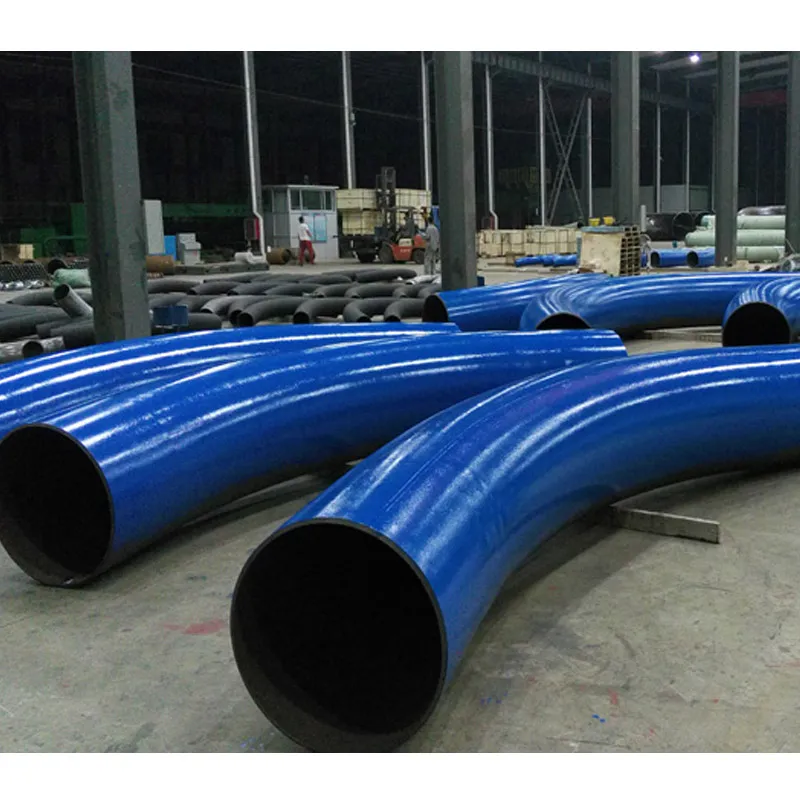
(pn40 flange)
In-Depth Discussion Of Flanges: Cf40, Cl150, Cs And Their Applications
The Crucial Role of Flanges in Industrial and Utility Systems
Flange Varieties in Industrial Applications: A Comprehensive Overview
Flange Solutions for Enhanced Plumbing and Fixture Installations
Exploring the Diverse World of Flanges and Their Critical Roles
A Deep Dive into Flanges: Key Components for Connection and Sealing
弊社の製品にご興味がございましたら、こちらに情報を残していただければ、すぐにご連絡させていただきます。





